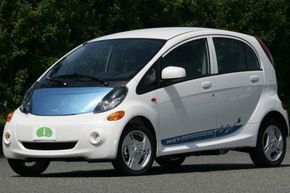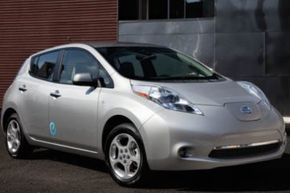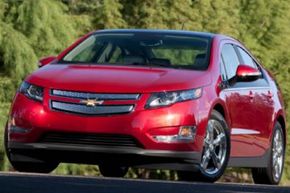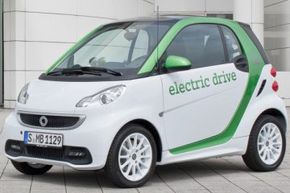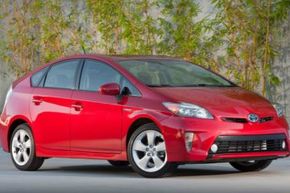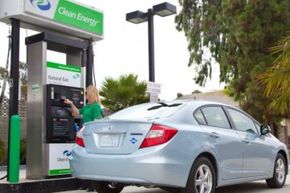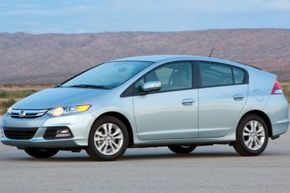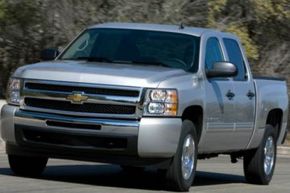Just because a car says “hybrid” on its side panel, is it really any easier on the environment than its entirely gas-burning counterparts? Green technology strives to lessen our impact on the environment, but how can you really be certain how much your car is impacting the planet? “Green” vehicles are becoming more accessible and more prevalent, but just how do they compare to other cars — and to each other?
New Labels to Navigate by

One way that the federal government is assisting us in toeing the green line is with new standards and regulations. Beginning with model year 2013, vehicles we will see mandatory new EPA labels like the one above attached to window stickers. These are designed to give the consumer a clearer picture on just how green his new set of wheels is (or isn’t).
Advertisement
While the labels do provide some good insight on usage, they do not consider environmental impact during the production process but on a vehicle-to-vehicle scale the differences would be negligible – at this point anyway. One could make the argument that vehicles produced in countries with less stringent manufacturing regulations are not as green as those produced here in the States, and I am sure critics can sit here and make a great argument for plants run on electricity provided by cleaner energy sources. But since most a car’s environmental impact comes from its use — not it’s manufacture — the former is a better indication of eco-impact.
